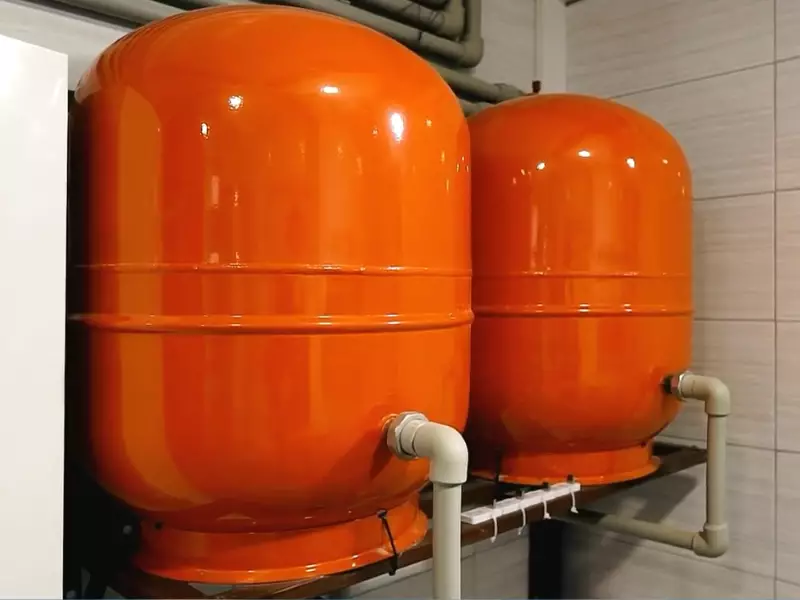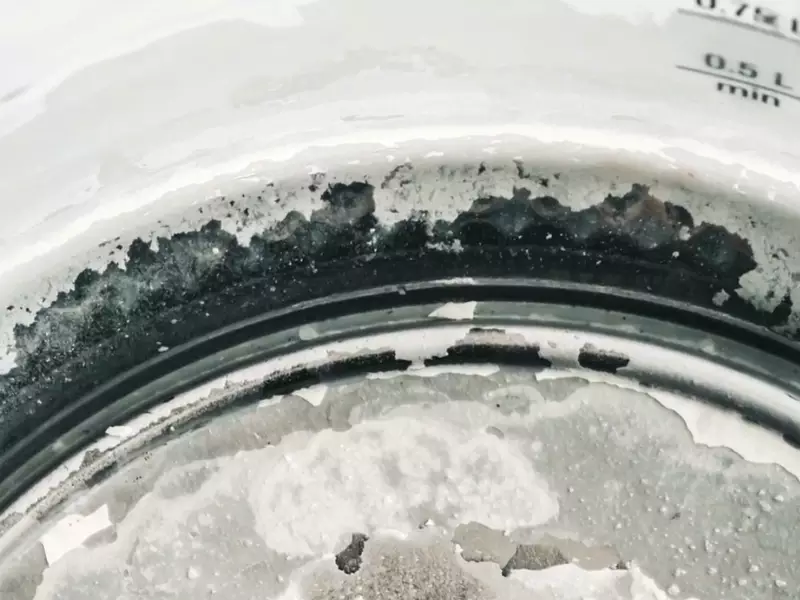Water is essential to life, but not all water is free from contaminants. One such contaminant prevalent in well water is nitrate. The presence of nitrate in your drinking water can have serious health implications.
Nitrates are a common water pollutant, often originating from agricultural runoff. When present in high levels in well water, they can pose health risks, especially to infants and pregnant women. The need to test and treat nitrates in well water is not just essential but imperative for a healthy lifestyle.
Regular consumption of high nitrate water is linked with several health disorders. To safeguard the health of households relying on well water, it’s crucial to be informed about nitrates, their sources, and the ways to remove them.

Nitrates in Well Water
Origin and Sources
Nitrates are typically introduced into groundwater sources from fertilizers, septic systems, and manure storage or spreading. As rainwater or irrigation runoff flows over the ground, it collects nitrates and transports them to the well water.
Health Risks
Long-term exposure to high nitrate levels can lead to serious health issues. Notably, infants below six months old are at risk of a condition called methemoglobinemia or “blue baby syndrome”. In adults, excessive nitrate intake can lead to disruptions in oxygen transport in the bloodstream.
Testing for Nitrates
With the prevalence of nitrates in well water, it’s crucial to ensure regular testing. Not only does this maintain the safety of your water, but it also helps in monitoring any sudden spike in nitrate levels which could indicate other environmental concerns. Here’s a deeper dive into why and how you should test for nitrates.
Importance of Regular Testing
Well water can be susceptible to numerous pollutants. In regions particularly close to agricultural zones, the risk of nitrate contamination is even higher due to fertilizer runoff. Furthermore:
- Seasonal Changes: Different seasons, particularly rainy ones, can wash more nitrates into groundwater. Testing helps in keeping track of seasonal changes in nitrate levels.
- Environmental Changes: If there are any alterations in your environment, like a new farming activity, increased manure storage, or septic leakages nearby, nitrate levels can shift rapidly.
Available Testing Methods
While nitrate testing might sound technical, with modern technology, it has become more accessible. Let’s explore the common testing methods in depth:
Home Testing Kits: These kits provide a quick glimpse into your water quality. Comprising strips that change color according to nitrate levels, they give a visual representation. However, remember:
- Accuracy can vary between brands.
- Always follow the provided instructions for reliable results.
Laboratory Testing: For those seeking pinpoint accuracy, laboratory testing is the way to go. This involves:
- Collecting water samples in sterile containers, typically provided by the lab.
- Storing samples at recommended temperatures.
- Dispatching them promptly to the lab for timely analysis.

Interpreting Results
Once you have your results, understanding them is the next big step.
Safe Nitrate Levels
The EPA’s standards are set after rigorous research. A level of 10 mg/L is considered the threshold, but why?
- Nitrates themselves aren’t typically harmful. However, in the human body, they convert into nitrites. These nitrites can affect the oxygen-carrying capacity of blood.
- Infants are particularly vulnerable. Their systems convert nitrates to nitrites at a much faster rate, leading to potential oxygen deprivation.
When to Take Action
Even if your results show nitrate levels below the recommended threshold, it’s essential to be vigilant.
- Consistency in Readings: If you’re noticing a consistent rise in levels during consecutive tests, it might be an early indicator of escalating contamination.
- Near-Threshold Levels: Levels hovering close to the 10 mg/L mark indicate that you might soon cross into unsafe territory. Proactive measures can prevent any health implications.
Removal Techniques
With an understanding of the nitrate levels in your well water, the next logical step is to consider removal techniques. Let’s delve deeper into some commonly adopted methodologies:
Water Treatment Systems
The realm of water treatment is vast. However, for nitrates, certain methods stand out for their effectiveness:
Reverse Osmosis: Beyond just nitrates, this method is efficient against various pollutants. How it works:
- Water is pressurized against a membrane.
- Contaminants, including nitrates, are left behind as clean water passes through.
- Periodic membrane cleaning or replacement ensures long-term efficiency.
Distillation: A more traditional method, distillation offers a simple approach to clean water.
- Water is boiled, turning into vapor.
- As it condenses, it’s collected, leaving nitrates and other contaminants behind.
- While effective, it might not be ideal for large quantities due to energy costs.
Ion Exchange: A modern and efficient technique, ion exchange is growing in popularity.
- Water passes through resin beads.
- These beads attract nitrates, replacing them with harmless ions.
- Regular regeneration of the resin ensures its effectiveness.

Preventive Measures
While removal techniques are crucial, prevention is always better than cure. Taking steps to prevent nitrate contamination can save both health troubles and treatment costs.
Regular Well Maintenance
Your well is your primary source of water, and its upkeep should be paramount.
- Sealing: Ensure your well is sealed properly, reducing the chances of surface runoff entering it.
- Positioning: If possible, ensure your well is positioned away from potential nitrate sources like septic tanks or large agricultural fields.
Protecting the Well
Your actions and those of your neighbors can directly influence well water quality.
- Mindful Fertilization: If you or your neighbors use fertilizers, it’s essential to use them judiciously. Excessive fertilization can lead to increased nitrate runoff.
- Septic System Check: Regularly check for any leakages or malfunctions. A faulty septic system can be a significant nitrate source.
Choosing the Right Solution
Not every household or well is the same. Hence, the right solution varies based on individual circumstances:
Factors to Consider
- Well Size: A larger well might necessitate a more extensive treatment system or frequent maintenance.
- Water Usage: High usage households may need robust, continuous systems to ensure consistent water purity.
- Budget Considerations: While the safety of drinking water is paramount, financial considerations might dictate the type of system installed. Look for a balance between cost and efficiency.
Frequently Asked Questions
How often should I test my well for nitrates?
Annual testing is recommended. However, if you live in an agricultural region, testing twice a year can be more beneficial.
Are there visible signs of nitrates in water?
Nitrates are tasteless, odorless, and colorless. Only testing can confirm their presence.
Can boiling water remove nitrates?
No. Boiling water can actually concentrate the nitrates. Distillation or other purification methods are needed.
Conclusion
Nitrates in well water are a silent threat, often overlooked due to their invisible nature. It’s imperative to be proactive and well-informed about their potential health risks.
Taking action early, utilizing effective removal techniques, and prioritizing preventive measures can ensure your well water remains free of harmful nitrates. A clean and safe water source isn’t just a luxury; it’s a fundamental right and necessity for every individual.